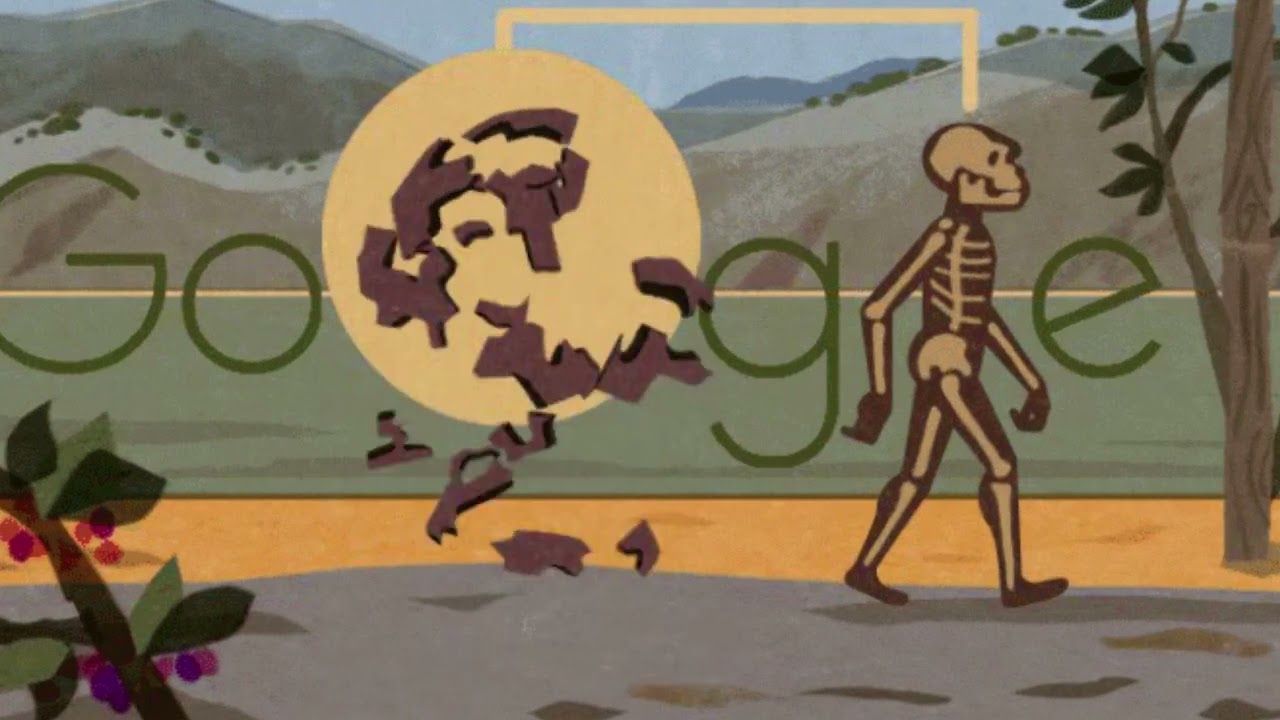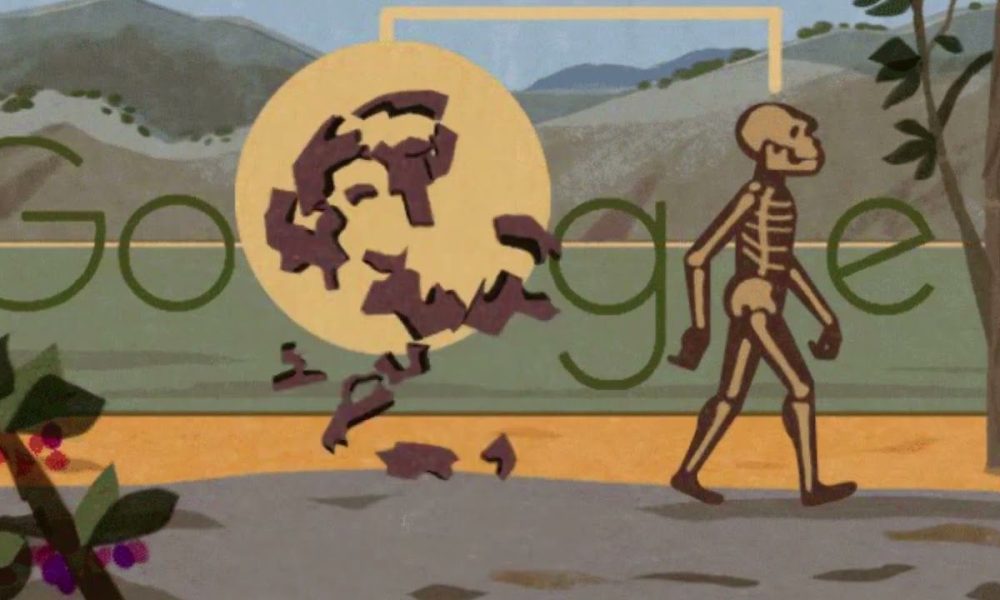Life Style
Experienced Guide About Turkana Human
Published
7 months agoon
By
admin
Step right up, dear readers, for an adventure that will take us back in time to the cradle of humanity. Today, we embark on a thrilling expedition to explore the captivating world of Turkana Human – a discovery that has revolutionized our understanding of human evolution.
Prepare yourselves for a fascinating exploration as we delve into the rich tapestry of physical characteristics and evolutionary significance displayed by this ancient species. We’ll also uncover the profound cultural impact it holds and how it continues to shape our perception of who we are today.
But beware! Just like any great archaeological mystery, controversies and debates swirl around Turkana Human. We’ll navigate through these treacherous waters with open minds, embracing both sides of the argument while seeking truth amidst speculation.
And fear not fellow knowledge seekers, for our journey is not limited to what has been unearthed thus far! Join us as we venture into current research and discoveries related to Turkana Human – shedding new light on our shared history with this enigmatic ancestral figure.
Discovery of Turkana Human
In the arid landscapes of Kenya’s Turkana Basin, a remarkable discovery sent shockwaves through the scientific community. It was in 1984 when renowned paleoanthropologist Richard Leakey and his team stumbled upon fragments of an ancient hominin skull. Little did they know that this fragment would unlock a treasure trove of knowledge about our evolutionary past.
Further excavations revealed more remains, eventually piecing together what is now known as Turkana Boy – one of the most complete skeletons ever found from our early human ancestors.
Believed to have lived approximately 1.6 million years ago, Turkana Boy provides invaluable insights into Homo erectus – a species that played a pivotal role in shaping modern humans.
This groundbreaking discovery shattered preconceived notions about our ancestral lineage, showcasing substantial differences between Homo erectus and earlier hominin species like Australopithecus afarensis (Lucy).
The robust cranial features and tall stature displayed by Turkana Boy offered evidence for increased brain capacity and efficient bipedal locomotion – key characteristics that set us apart from our primate cousins.
The significance of this find extends beyond its scientific implications; it captivates us on an emotional level too. Standing face-to-face with these ancient bones allows us to connect with our distant ancestors in ways words cannot express.
We are reminded that we are part of something much greater than ourselves – a vast tapestry woven over millions of years, connecting every living being on this planet.
As we continue to unearth fossils and delve deeper into the annals of time, each new finding adds another layer to the intricate puzzle that is human evolution.
And while there is still much left unknown about Turkana Human and its place within our family tree, one thing remains certain: its discovery has forever altered how we perceive ourselves as beings who walk proudly upon this Earth.
Physical Characteristics and Evolutionary Significance
The Turkana Human, also known as Homo erectus or Homo ergaster, possessed distinct physical characteristics that shed light on our evolutionary journey.
These early humans stood upright and had a relatively large brain size compared to their hominin ancestors. Their robust bodies were adapted for long-distance walking and running in the open savannah landscapes they inhabited.
One notable feature of Turkana Human is their flat face with prominent brow ridges. This facial structure indicates a strong chewing apparatus, suggesting that they had a diet consisting of tough foods like roots, nuts, and meat. Additionally, these individuals had an elongated skull with a low forehead but larger brain capacity than earlier hominins.
The discovery of Turkana Human has significant evolutionary significance as it provides crucial insights into the development of human species. The presence of fully bipedal locomotion suggests that our ancestors began walking upright around 1.9 million years ago.
Furthermore, the increased brain size seen in Turkana Humans marks another important milestone in human evolution. It is believed that this expansion allowed for greater cognitive abilities such as complex problem solving and social interactions.
The physical characteristics exhibited by Turkana Humans provide evidence for key milestones in our evolutionary history. By studying these ancient remains, scientists can piece together the puzzle of how we became modern humans with unique attributes like bipedalism and advanced cognition.
Cultural Significance and Impact on Understanding Human Ancestry
The Turkana Human holds immense cultural significance and has had a profound impact on our understanding of human ancestry. This ancient hominin, believed to be around 1.5 million years old, provides valuable insights into our evolutionary journey.
One of the key cultural implications of the Turkana Human is its connection to our shared past. By studying these fossils, anthropologists have been able to piece together a more comprehensive picture of early human life and behavior.
The skeletal remains offer clues about how these ancient beings lived, what they ate, and how they interacted with their environment.
Moreover, the discovery of the Turkana Human has challenged previous assumptions about human evolution. It suggests that multiple species coexisted rather than following a linear progression from one species to another. This revelation has contributed to a shift in our understanding of human ancestry as a complex web rather than a simple line.
Controversies and Debates Surrounding Turkana Human
Controversies and debates surrounding Turkana Human have been a topic of intense discussion among researchers and scientists. One of the main controversies revolves around the age of the fossils found in the Turkana Basin. Some argue that these fossils belong to Homo habilis, while others suggest they represent a different species altogether.
Another point of contention is regarding the interpretation of the physical characteristics observed in Turkana Humans. Some believe that these features are indicative of an evolutionary link between early hominids and modern humans, while others argue that they may simply be variations within a single species.
The debate also extends to understanding how Turkana Human fits into our overall understanding of human ancestry. While some researchers view it as a direct ancestor or close relative, others propose alternative scenarios such as parallel evolution or convergent evolution.
These controversies highlight the challenges faced by scientists when interpreting fossil evidence and constructing our understanding of human evolution. As new discoveries are made and more data becomes available, these debates will likely continue to evolve, providing further insights into our ancient origins.
Current Research and Discoveries Related to Turkana Human
The study of the Turkana Human continues to be a fascinating area of research, with new discoveries and advancements shedding light on our evolutionary past. Researchers are constantly working towards uncovering more information about this ancient hominin species.
In recent years, technological advancements have allowed scientists to extract DNA from ancient remains found in the Turkana region. This has provided valuable insights into the genetic makeup of these early humans and their relationship to modern human populations.
By analyzing the genetic data, researchers have been able to trace certain traits and characteristics back through time, helping us understand how they evolved over millions of years.
The continued study of Turkana Human is not only important for understanding our own origins but also contributes significantly to broader scientific knowledge about human evolution.
It offers critical insights into how we became who we are today – a species capable of complex thought, culture, language, artistry, innovation – all those traits that make us uniquely human.
As new technology emerges and research methods continue to advance rapidly within this field, studying ancient hominins like the Turkana Human will undoubtedly lead us closer than ever before to unlocking some of humanity’s greatest mysteries!
Read more: What is Sniffies App? And Its Usage

You may like

In the Spotlight: Sabu Howard’s Biography, and Net Worth

The Rise of Uber Trujillo: Griselda Blanco’s Legacy Lives On

Yasin Cengiz: Choreographing Stardom in the TikTok Spotlight

The Secrets of Dallas Yocum Unveiled

The Journey of Liam Costner: A Rising Star

Albert Ezerzer: What Really Happened Behind the Scenes?

Snake Oil Provisions | Remedy for the Mundane

Vintage Americana : RRL Jackets, Shirts, Clothing & Accessories

Intricate Links Unraveling NYT Connections Puzzle

Imgsed Imginn : Browse Instagram Incognito – The New Era of Social Media Privacy

How to Style Different Types of Shoes for Every Occasion

Difference Between Server vs. Cloud: Pick the Right Solution

Personalized Concierge Medical Care in Santa Rosa

VAIDYAGRAMA WELLNESS HOSPITAL

AUTO BODY REPAIR

Crafting Memories in Wood: The Timeless Allure of Wooden Caskets

7 Must-Know Insights on Quince Clothing for Your Special Day

Exploring the Craftsmanship of Treehouse Brewery A Haven for Beer Enthusiasts

The Ultimate Guide to Guns International

7 Must-Know Tips for Mastering Craigslist Palm Springs

In the Spotlight: Sabu Howard’s Biography, and Net Worth

The Rise of Uber Trujillo: Griselda Blanco’s Legacy Lives On

Yasin Cengiz: Choreographing Stardom in the TikTok Spotlight

The Secrets of Dallas Yocum Unveiled

The Journey of Liam Costner: A Rising Star

Albert Ezerzer: What Really Happened Behind the Scenes?

Snake Oil Provisions | Remedy for the Mundane

Vintage Americana : RRL Jackets, Shirts, Clothing & Accessories

Intricate Links Unraveling NYT Connections Puzzle





